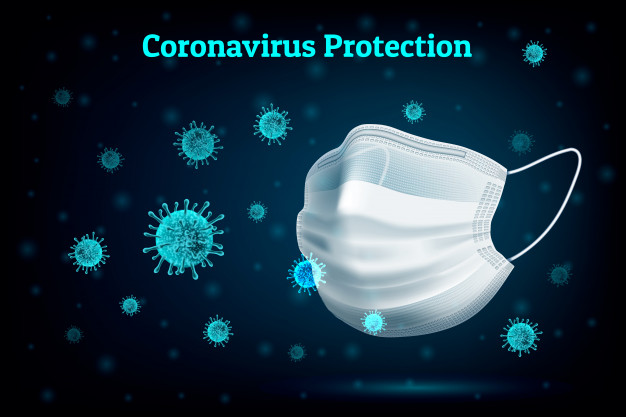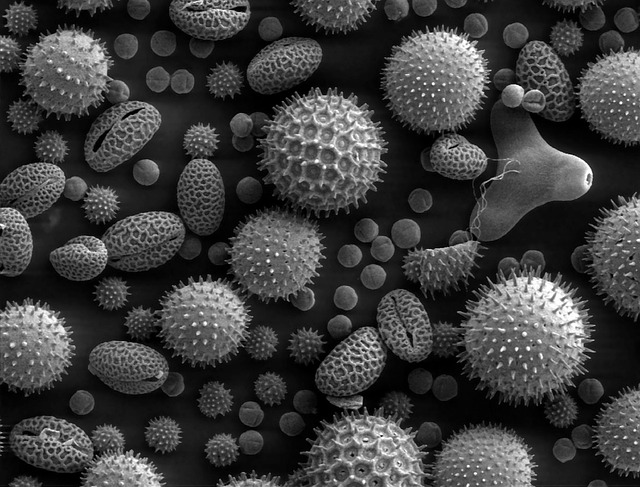More than 780000 cases of COVID-19 have been reported across the globe. The new coronavirus outbreak has the attention of the entire world as there are no effective medicines or vaccines yet. The virus originated in the Wuhan city of China and spread to numerous countries in almost no time. This does raise multiple questions like what exactly the virus is. Why its transmission rate is so high? And how an individual can avoid catching it? Well, amid this outbreak we will help you know about the virus in detail. Read ahead to gain a brief insight into the challenges the whole world is suffering from and how we all can overcome it.
Understanding the Coronavirus
Coronaviruses are a group of viruses whose exterior layers reflect a crown-like structure. Corona is a Latin word which means crown. There are various types of viruses in this group but most of them cause very slight illness and cold-like symptoms. The pathogenicity of novel Coronavirus has led researchers and scientists across the world to study more about it as there is very little information in the scientific community. Wuhan city of China is considered to be the epicenter of the disease initially from where it spread to numerous countries in no time. The origin of the virus is still not known but some studies suggest that it has been transmitted to humans from the animals.
Symptoms of COVID-19
The symptoms of the COVID-19 are often confusing as they are somewhat similar to the symptoms of common flu. However, the characteristics difference between them is the presence of high fever, sore throat, dry cough, difficulty in breathing and pneumonia in severe conditions. The incubation time for the development of symptoms is considered to be 14 days due to which people suspected of COVID-19 are suggested to quarantine themselves for this period.
Since very little information is available about the virus, researchers and doctors across the globe are contributing crucial information from the recent cases. It is observed that the virus mainly infects people with low immunity. This is the reason that countries with coronavirus outbreak have high infection and death rate among the elderly population. However, it doesn’t stipulate that young people and children are not prone to it. Having weak immunity irrespective of age can make you prone to infections. Therefore, doctors are prescribing for regular exercise and healthy food as a primary effort to protect yourself from the infection.
The major concern over here with the condition is that at the beginning people might not be able to assess the situation (as the grave) due to the mild symptoms associated. In some cases, people confuse the symptoms with that of normal flu and avoid going to the doctor until it becomes severe. During this period, the patient must have come in contact with say ‘n’ number of people which will further infect other ‘n+y’ number of people. This chain continues as the severe symptoms take 14 days to be physically visible. A point comes where there is a sudden outburst of diseases leading to chaos and panic which is often observed in present cases of countries like China, Italy, Iran, the USA, etc.
Precautions to avoid infections
The transmission of coronavirus from an infected person into the atmosphere takes place through the tiny droplets of a sneeze. These droplets though don’t stay suspended in the air for long, it descends and settles onto the surfaces. It is therefore very crucial for every individual to maintain at least 1m of distance from the infected person. Also, one must avoid touching such infected surfaces and later touching their eyes, nose or face. It is therefore very important to wash your hands thoroughly at regular intervals.
To prevent the transmission of the coronavirus, the doctors also suggest avoiding any kind of physical contact with other people such as avoiding handshakes. In case if you are infected with the disease or even with the normal flu, you must sneeze in your elbows rather than in your palms. You can also use handkerchief or tissue to cover your mouth during the sneeze as these practices reduce the chances of the spread of infectious droplets in the atmosphere.
Way ahead
COVID-19 is a disease that may look normal to you due to its mild symptoms at the initial stage. However, the experience in other countries shows that its completely the opposite and one must take effective care as soon as there are visible symptoms. One of the best ways to prevent the spread is to self isolate yourself and undertake prescribed medications. Researchers and scientists across the globe are working hard to come up with potential vaccines and medicine for the disease. But till then we need to consider the basic precautionary steps to avoid escalation of the situation. So, stay safe and spread awareness among your family to help the world fight this disease together. Let’s not forget we all are together in it and we will come out of it together.




